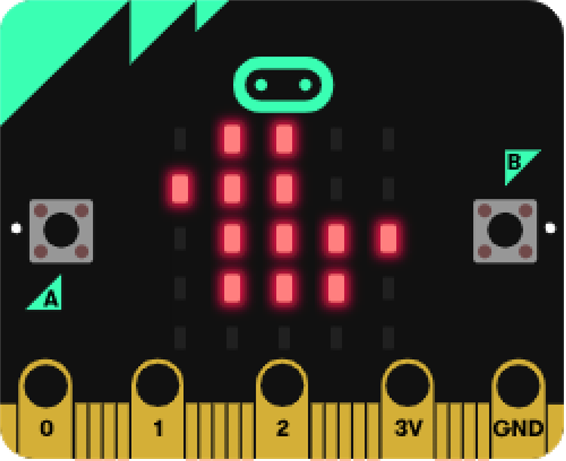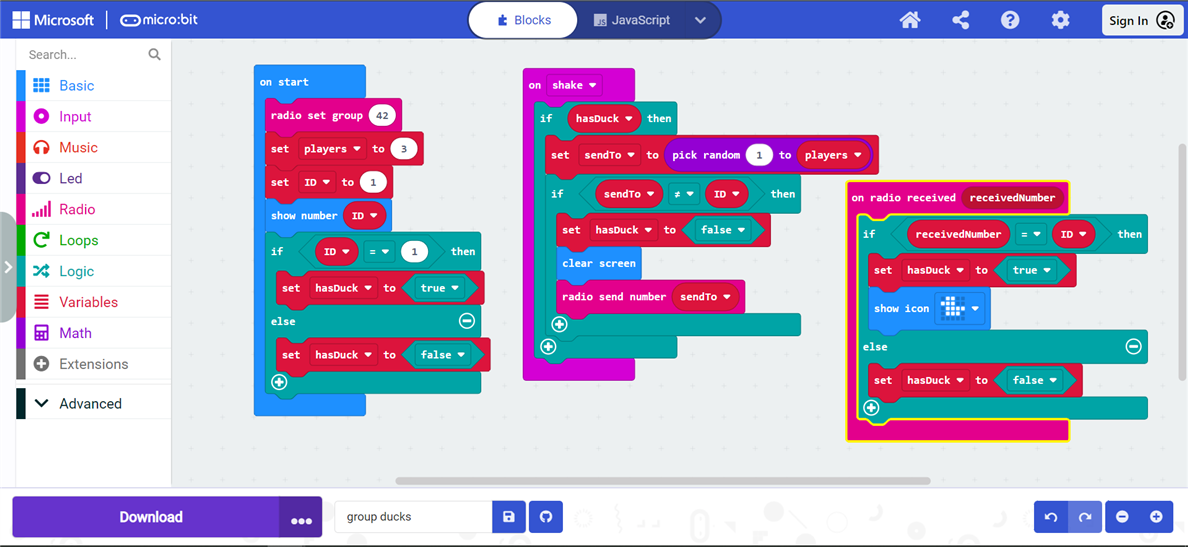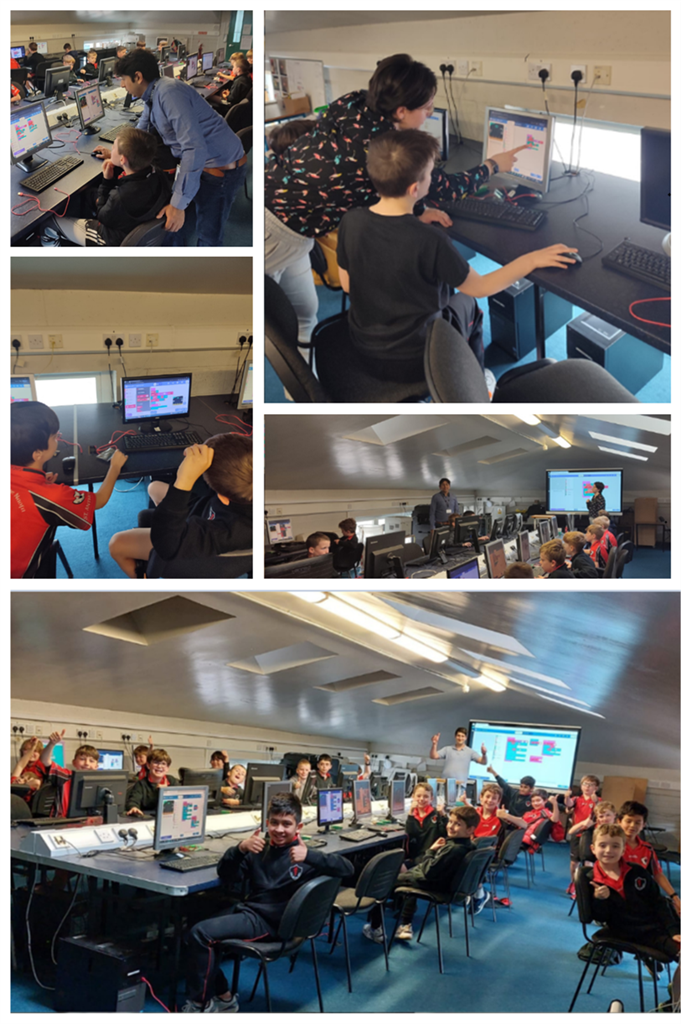DEI@Cadence: My Amazing Experience Teaching Programming to School Kids
By Grace Arnold Community Member
Diversity, equity, and inclusion (DEI) are not just words but values that are exemplified through our culture at Cadence. In the DEI@Cadence blog series, you’ll find a community where employees share their perspectives and experiences. By providing a glimpse of their personal stories, we celebrate our One Cadence—One Team culture and the importance of sustaining it as we learn from diverse perspectives.
It was my pleasure to join other Cadence Cork employees in volunteering our time teaching programming to 3rd to 6th grade students at St. Anthony’s Boys National School, Ballinlough. While this was the first for me, it was the second consecutive year Cadence Cork undertook this initiative. The idea was to teach students the basics of Scratch and Python using the innovative micro:bit, giving them a sneak peek into the world of electronics and programming.
As a technical communication engineer currently on an eight-month internship, I discovered that Cadence encourages community involvement by offering employees five days as volunteer time off per year. Then, when I received the email about teaching kids these exciting programming languages, I thought it was a perfect way to engage with the community and make a positive impact. There were 12 Cadence employees, including myself, who participated, with three of us visiting the school one day (except Friday) in the week over the course of seven weeks. This ensured the students received personalized attention. Thanks to this initiative, we had the privilege of interacting with over 100 eager students.
For our teaching sessions with all grades, we harnessed the power of micro:bit, an educational tool that introduces kids to coding. We chose this because it is not only suitable for various age groups of different skill levels but also incredibly accessible. A micro:bit can be used on any device, be it a laptop, tablet, or desktop. All you need is a USB port and access to the Internet.
To make our coding curriculum engaging for the students, we decided to introduce Scratch to 3rd- to 5th-grade students as it provides an intuitive and user-friendly introduction to coding that is apt for their first experience. On the other hand, we chose Python for the 6th-grade students as they had already experimented with Scratch last year, and Python would provide them with a new, exciting challenge. I was with the 4th-grade students, and we used the micro:bit to gain coding skills with Scratch.
Here's a quick overview of how we progressed through the weeks. All the different grades performed the same tasks, but the programming language they used was different depending on their grade.
- Week one: We completed the “beating heart” project. Using the LEDs on the micro:bit, the students made a flashing heart, and learned to adjust the timing to make the LEDs blink faster or slower. They also designed a personalized name tag using similar coding techniques. For the first session, I was nervous at the beginning, but the students were cooperative and eager to learn, and I developed a rapport with them quickly. The students were forthcoming, and I managed to keep them engaged throughout the session.
- Week two: Our budding coders created an emotion badge. The students programmed the micro:bit buttons to display different emoticons when pressed. In addition, they developed a Sunlight Sensor, which used a sensor on the micro:bit to detect the light levels and display an image of the Sun. It was so much fun observing the students as they moved the micro:bit from on the table to under it multiple times and comparing it with others around them. I enjoyed teaching the lesson and helped the students as needed.
- Week three: As we progressed, the students created digital compasses. This required programming their micro:bit to show ‘N’ when facing North, and adding code to display ‘S, E, and W’ for the other compass points. The session was entertaining as students were moving in circles to try and view all the points on the compass. We also did basic mathematical calculations to figure out the different degrees that were needed for each point, which led to us using the compass app on my phone to ensure the correct results.
- Week four: We helped the students create a step counter. They attached the micro:bit to their shoes with a battery pack to count their steps over a period. In addition, they modified the code so that the steps would be displayed only when a button was pressed. The students were finding it fun—they were walking around the room, and stomping their feet, so that they could increase their steps and make all the noise that they could!
- Week five: The students explored radio signals to send emoticons back and forth between each other by pressing certain buttons. They also switched partners and guessed who their new partner was based on the signal received. This class allowed the students to be creative as they were given more freedom to change what they wanted, leaving more room for asking questions on how things work. This made for an engaging interaction, and I was happy to answer them to the best of my knowledge.
- Week six: The students created a stopwatch. They programmed it to start and stop with a button press. Code was added to display the duration and pause the stopwatch. This lesson was entertaining as they were trying to see how fast they could stop the stopwatch. I then explained why they were getting errors on their micro:bit. It also challenged them as they had to complete multiple parts of code before they could test it.
- Week seven: For the grand finale, the students collaborated in groups to make a virtual duck move between their micro:bit. This was my favorite to teach as it required applying all the programming skills they had acquired up till now. They were also able to change the duck into other icons and add members to their group, which led to more conversations.
This comprehensive and fun-filled coding journey proved to be both educational and inspiring for our young programmers. Through these sessions, the students were able to appreciate how coding can be used to do a wide range of tasks. The lessons equipped them with basic computer skills, deepening their interest in the fascinating world of technology and exploring the boundless possibilities of electronic design and programming.
For the Cadence employees, including myself, it was a fantastic experience to connect with young minds and inspire the next generation of coders. This volunteer program exemplifies Cadence's commitment to giving back and fostering a love for STEM in our local communities. I’m thankful to Cadence for giving me this opportunity and making my internship experience all the more enriching.




